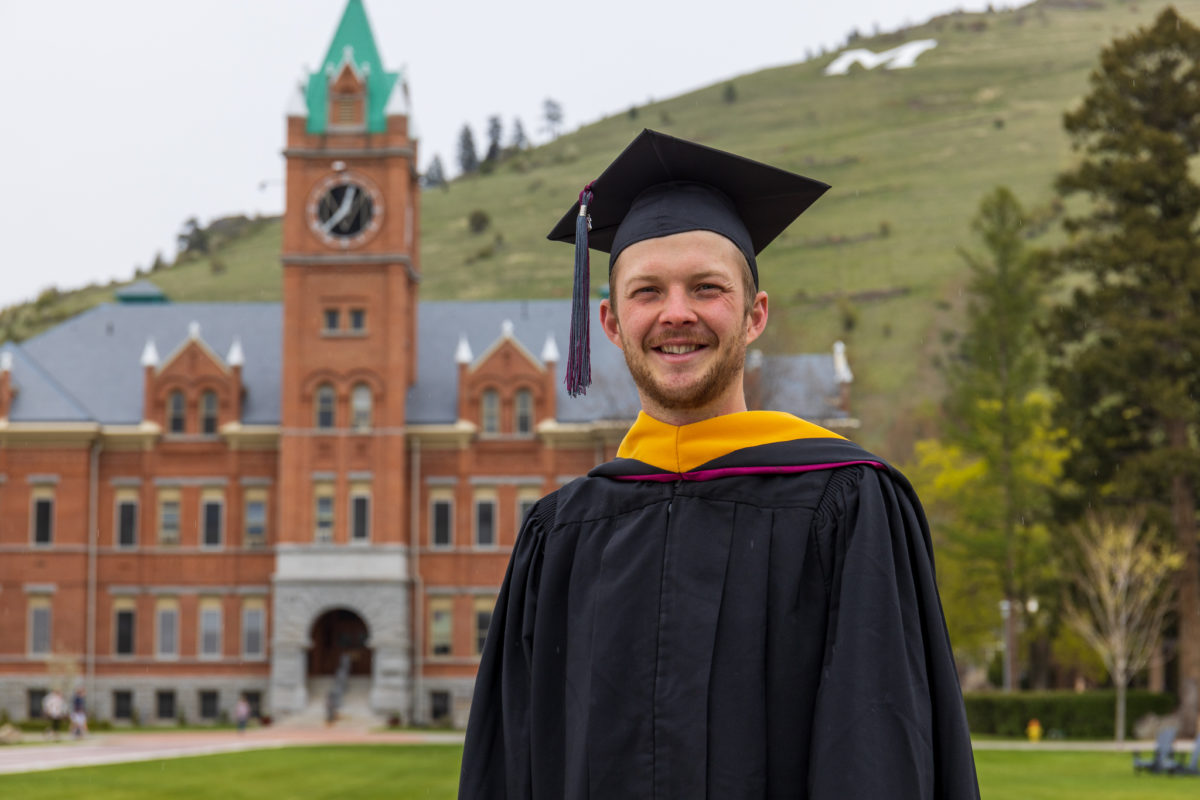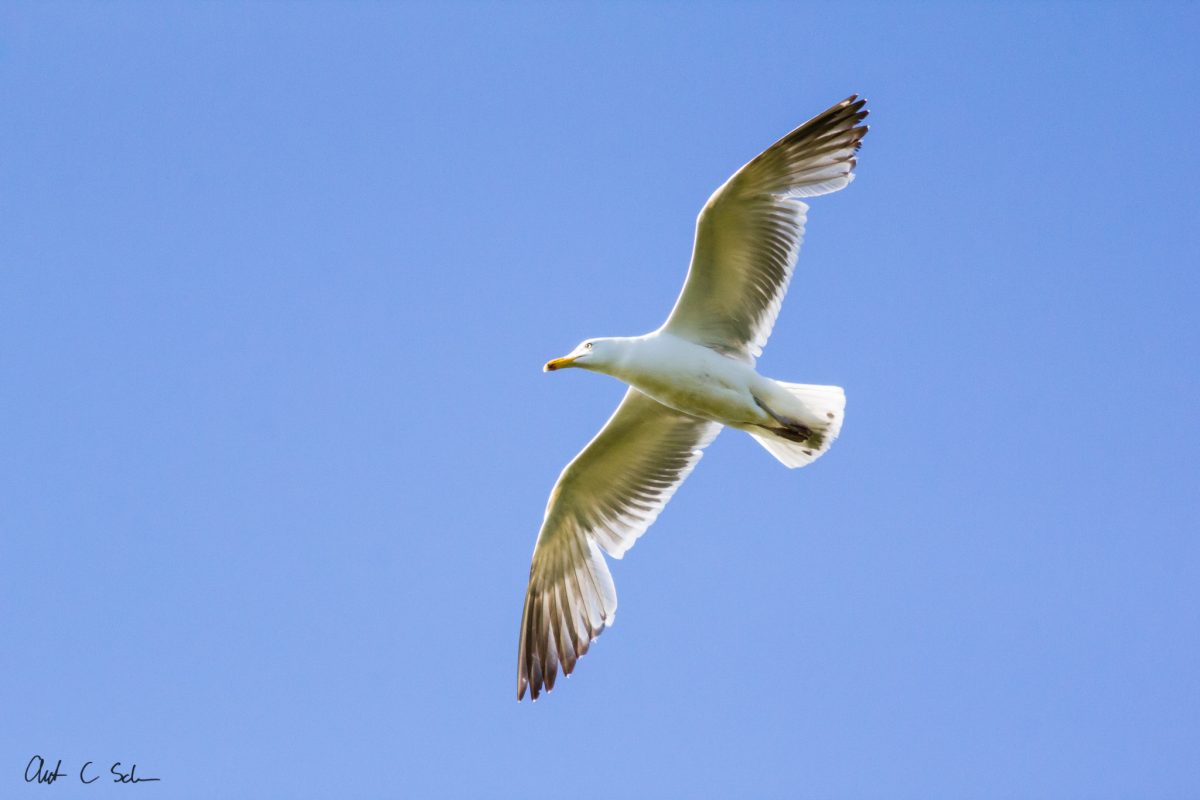Category: Field Research
-

My Master’s Thesis: Agricultural Adaptation to Climate Change
I graduated from the University of Montana this spring! Below, you can watch my thesis defense on adaptation in agriculture. Apologies for no human faces, I thought Zoom would save at least my own! Thesis Abstract In Montana, climate change is projected to increase interannual variability and the severity of weather events like drought. To…
-

An Ode to Gulls
Before I arrived on Great Duck Island, a few people asked me “why on earth would you want to study sea gulls? There are so many of them. They’re like rats.” I usually answered with a version of “…it is important to study every aspect of an ecological community. Gulls influence many other species…” But…
-

Time-Lapse Video of Great Duck Island
I studied songbirds and seabirds as a field researcher on Great Duck Island. But I also documented the island landscape. In a series of time-lapse videos, each captured by taking hundreds of photos over the course of a few hours, the remote Maine island shines. Watch the high definition video below or on Youtube. See more…


